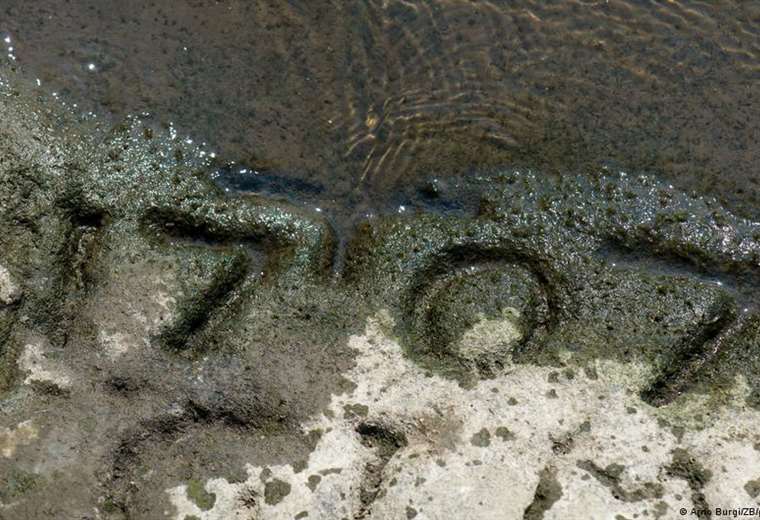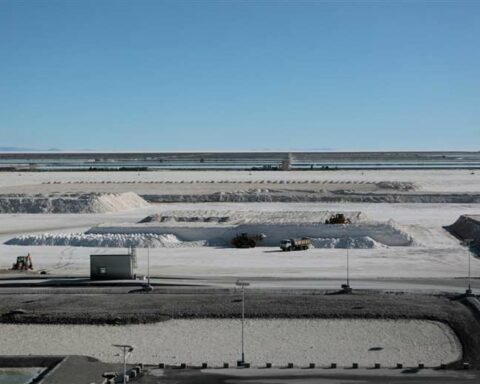August 17, 2022, 13:06 PM
August 17, 2022, 13:06 PM
The severe drought in Germany is exposing the calls Hungerstein (Hunger Stones) that contain warnings in some centuries-old cases related to the danger of famines that the low level of the rivers brought in the past.
“If you see me, cry” says the inscription on some of the stones that can be seen again and that they are part of a tradition that dates back to the fifteenth century.
This legend appears, for example, on a stone found in the river Elbe, which dates from 1616. In the 19th century, many travellers, in times of drought, recorded the Hungerstein and wrote about them.
Forgotten Hungersteine
The current drought in Germany has brought the level of the rivers to historic lows, with what they have found Hungerstein They were completely forgotten.
In Saxony (eastern Germany) have been found, according to the newspaper Sachsische Zeitung, dozens of Hungerstein. Normally those who wrote the warning also wrote the date of the drought.
on the elbe the oldest inscription dates from 1417. The warning, “If you see me, cry,” has been linked to the fact that one of the consequences of the drought was crop failure, which in turn could lead to famine.
Several years are recorded in many stones in which the drought caused them to come back to the surface.
River transport in danger
Currently, the problem is not so much the threat that the drought implies for agriculture as the problems that the low level of the rivers brings to river transport, which, according to the Confederation of German Industry (BDI), is a threat to supply chains, which can affect all economic activity.
In addition to the problems for the industry, the drought and the low level of the rivers represent an ecological threat.
The increase in water temperature and the low level of rivers They create, according to experts, a toxic combination for fish and other animals.
“We have little water in the Rhine due to drought. In addition, we have high temperatures in the water and the combination of the two factors is somewhat toxic for the inhabitants of the Rhine,” climate expert Karsten Brandt told the magazine Der Spiegel.
According to Brandt, what is happening is that what climate change models have been announcing for years, although for some time there has been hope that Germany and Central Europe would be less affected by the crisis.








